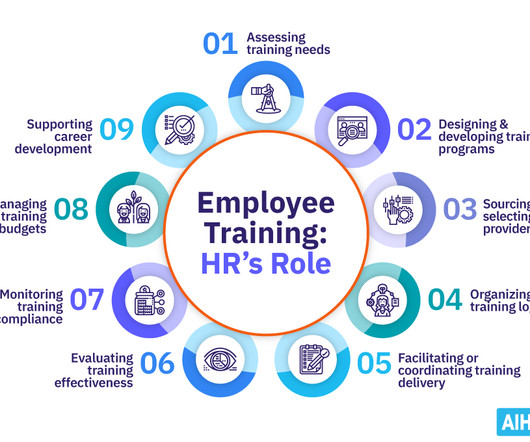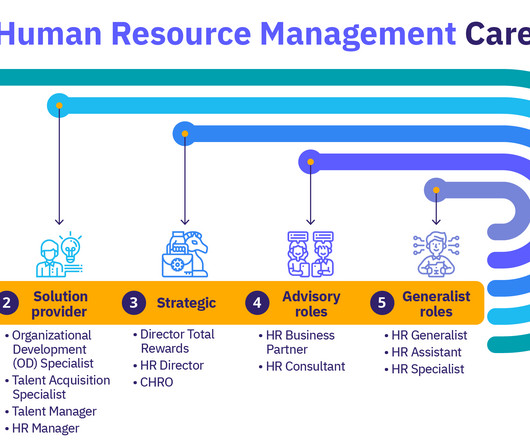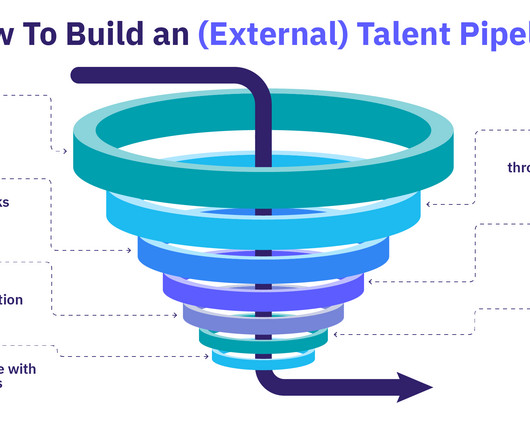7 Human Resource Management Basics Every HR Professional Should Know
Analytics in HR
APRIL 15, 2024
Succession planning 5. HR Information Systems 7. HR data and analytics How has Human Resource Management changed and evolved? Creating a productive work environment : A positive work environment is good for employee productivity, which, in turn, is critical to the success of the business. What is a human resource?






















Let's personalize your content